FAMILY
BRETT RATNER
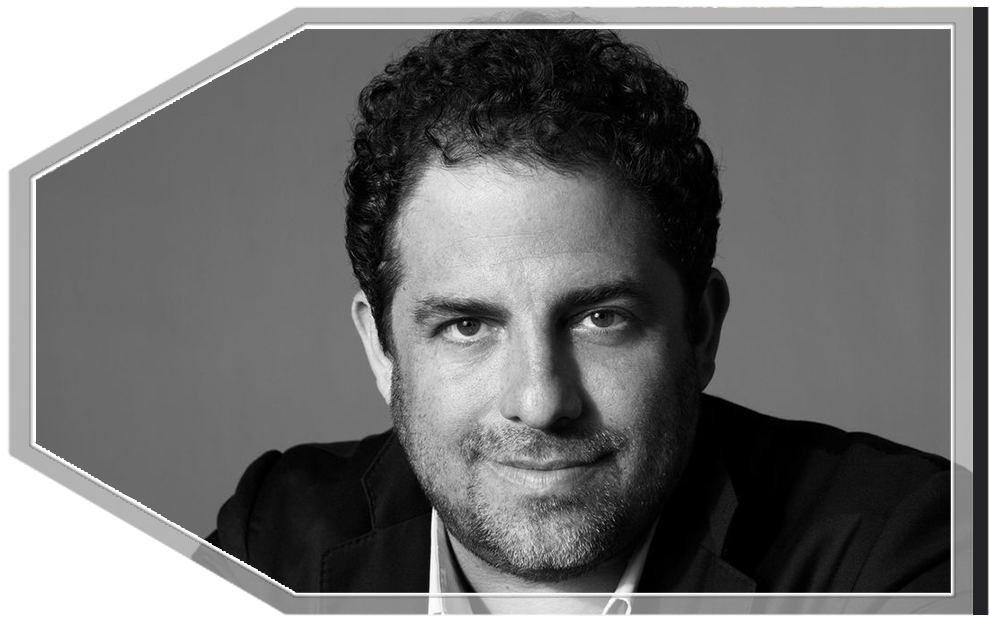
2007 Interview Part 1
Brett Ratner, the Miami Beach Cubanito who directs huge box-office hits and hosts such notoriously star-studded parties at his Beverly Hills mansion that he played himself at one of these high-powered schmooze fests in an episode of HBO’s Entourage. Is pretty confident his new film, Rush Hour 3, will get trashed by the critics. But he’s very whatever about critics. He can afford to be. His movies have made more than $1 billion worldwide. “More like $1.5 billion, but who’s counting?” Ratner says with a frat boy’s laugh.
He’s doing that Hollywood multitasking thing, chatting with you at the Shore Club’s Ago over greens and chicken paillard-and dealing with his cellphone, which doesn’t stop. It’s his mom, some buddy, another buddy, an assistant who wants to know something about the guest list for the Ruch Hour 3 premiere to be held in a few hours on South Beach. “I swear to God I’ll probably get 90 percent bad reviews with this movie. But I have watched the movie with audiences, and the audiences f——-love it. Every movie I do gets bad reviews, but audiences aren’t really affected by reviews”. Ratner, 38, prefers to take his cues from such friends as filmmaker Roman Polanski, who has a small role as a French inspector in Rush Hour 3, the latest meeting of the culture clashing Jackie Chan and Chris Tucker. The movie, which features the sort of gags you’d expect from the franchise plus some fun stomach-turning fight scenes atop the Eiffel Tower, opened Friday.
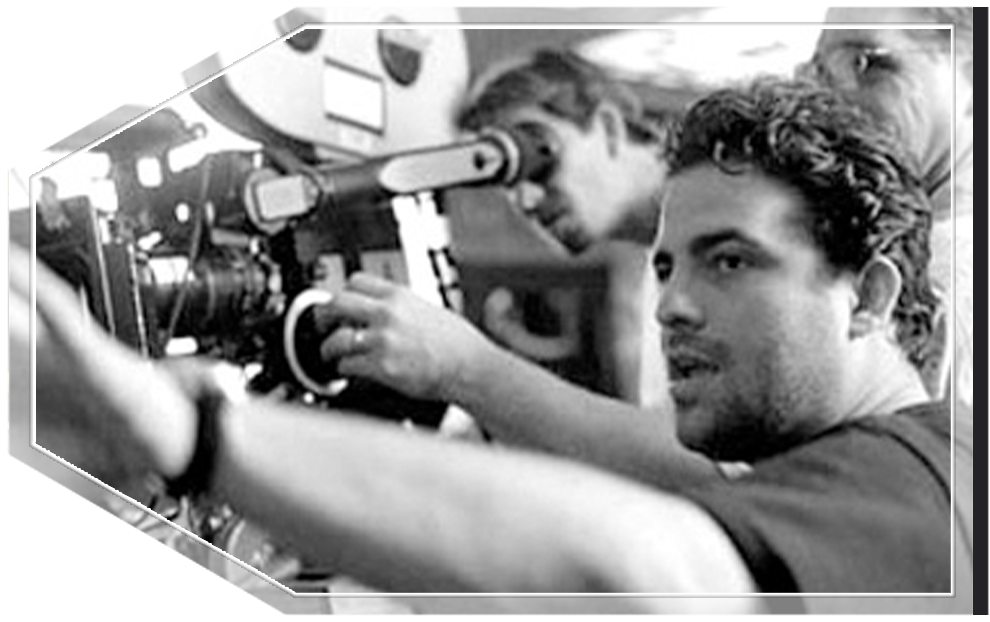
“Critics are snobs. You think somebody like Roman Polanski, one of the master filmmakers, goes around doing acting jobs for no money? A director can appreciate a good movie no matter what the genre, “says Ratner, whose first Rush Hour made $250 million in 1998. Rush Hour 2, released in 2001, made $342 million. Last year, his X-Men: The Last Stand scored the biggest Memorial Day weekend in history–$123 million in just four days and more than $400 million over all. “Somebody like Roman Polanski is not judging what kind of movie it is.” Ratner says. “People like him know that it’s easier to make a pretentious art movie than a movie that makes f——$500 million”.


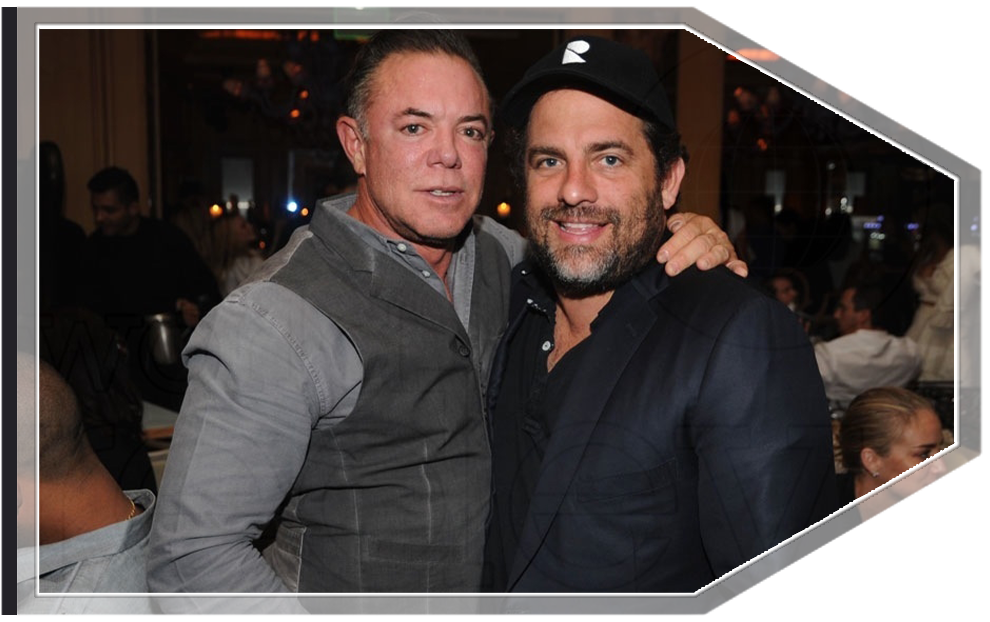

An Early Start
Somehow, Ratner, with his boyish enthusiasm, can say this sort of think and not come off like a jerk. Somebody gave him a camera when he was 8, and that got him dreaming about being a big-time director one day. Living on the Beach, he spent a lot of time crashing Miami Vice sets and the set of Scareface before getting into NYU’s film School at 16. “Had he been realistic and realized what the odds were that he would succeed to the extent that he has, he probably wouldn’t have tried at all,” says Shareef Malnik, owner of the landmark Miami Beach restaurant The Forge. Shareef’s father Al Malnik was a friend of Ratner’s paternal grandfather, developer Lee Ratner. Brett was raised by his mother and maternal grandparents, who are Cuban and Jewish. They all lived in a house a block away from The Forge. The elder Malnik mentored Ratner while he was a going to Hebrew Academy and then Beach High. “He grew up as my little brother,” Shareef says. He calls my dad Dad. He always had this tenacity. There was no way he was ever going to see anything but success and that director’s chair.
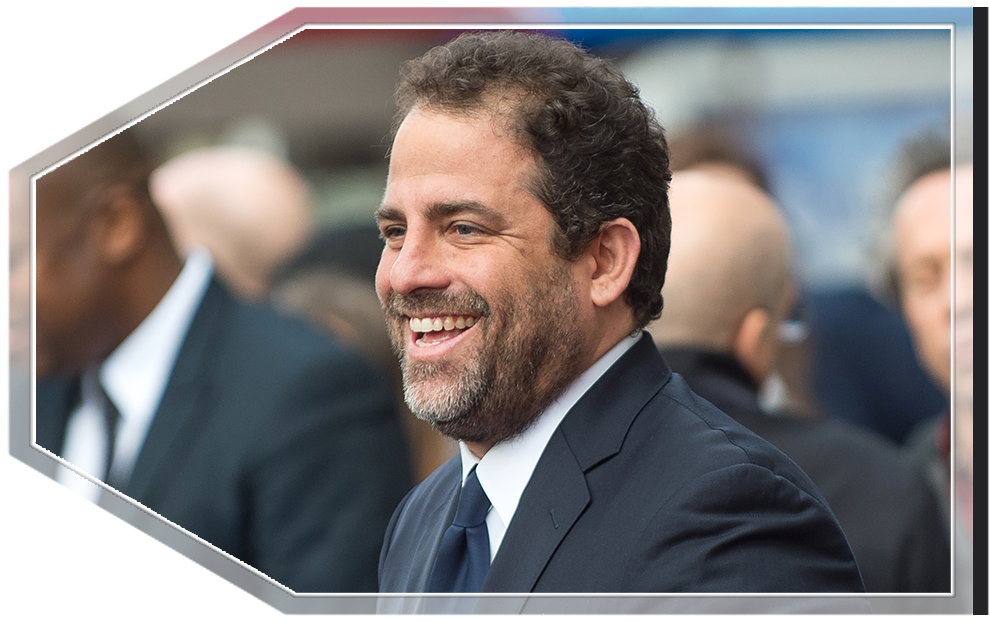
Extra Credit
Ratner was psyched when his hanging around the Scarface set scored him a second on the film as an extra. “You can see me when Al Pacino is out by the pool at the Fontainebleau, and he does that thing with his tongue.” He says. And he is still the kid who can’t believe his luck. He’s still awed by the movies the same way he was when he was in grade school and saw Raging Bull for the first time.I found out that Martin Scorsese made it and that he had gone to NYU film school, and I said, “that’s where I want to go.” I found out that Martin Scorsese made it and that he had gone to NYU film school, and I said, “that’s where I want to go.”Yes, Ratner gets off on throwing big parties at Hilhaven Lodge, his famous Beverly Hills house. It was designed by Gordon Kaufman, architect of the Hoover Dam: Ingrid Bergman lived there. But mostly, Ratner invited celebrities there because the parties tickle his grandparents, Dr. Maroi and Fanita Presman, who live with him.
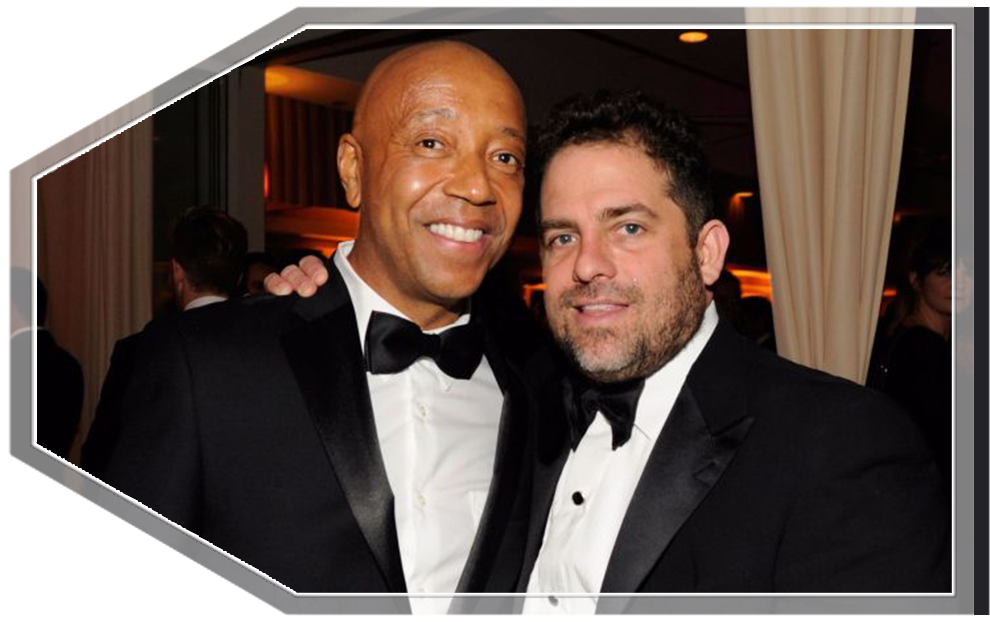
“I had this birthday party for my grandmother, and Salma Hayek shows up, Penelope Cruz shows up, Sofia Vergara shows up. My grandparents are living the life.” Says Ratner, who keeps the house on Sheridan Avenue where he grew up and stays there when he’s in town.Back in Hollywood, Paris Hilton, Lindsey Lohan and that crew are so enamored of Grandma they come around to visit and take her shopping. “The girls love my grandmother,” Ratner says. “She’s a character. You know, she’s Cuban. They don’t know other Cuban people in LA.” But doesn’t he have to keep things sort of clean with his grandparents, who are in their 80s also in the house? And isn’t that sort of a drag? “It’s OK. I’ve never done drugs, and I’ve never had alcohol. Never tasted it. No interest. We’re Cuban and Jewish. And whether you’re Cuban or Jewish, it’s all the same. You’re gonna be close to your family.” Says Ratner, whose mom Marsha Pratts lives “between Miami and New York.” Maybe it’s that good-Jewish-boy thing that com;elled Ratner to hop a flight from the Paris filming of Rush Hour 3 to visit his high-school drama teacher Jay Jensen in the hospital shortly before he died of cancer in February. “He was important to me. He was amazing. Totally inspiring.”


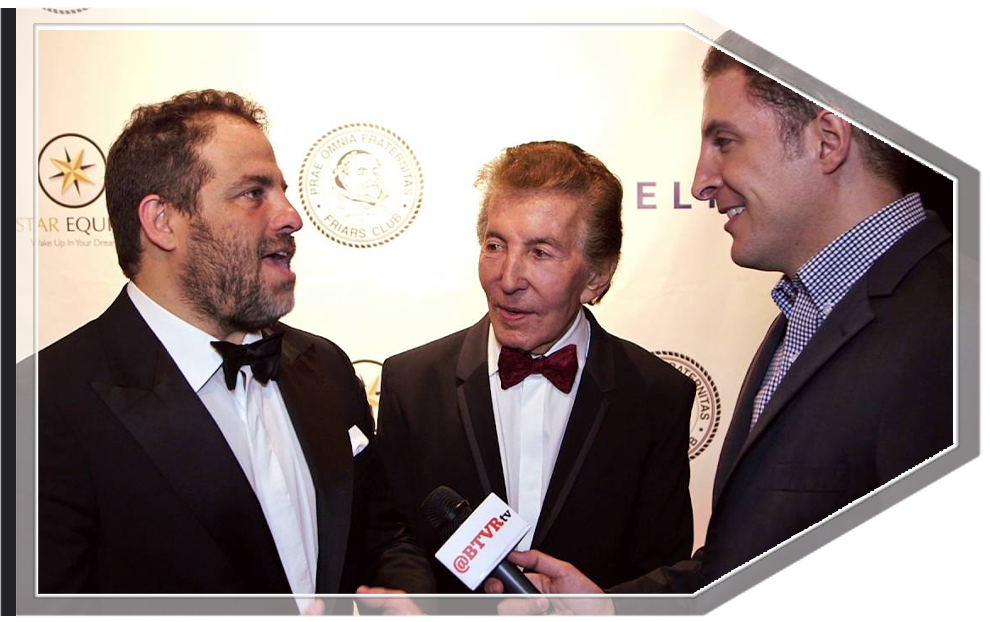

A Matter of Taste
Spanish doesn’t seem to roll too easily off Ratner’s tongue, but that doesn’t mean the cultural stuff isn’t close to the surface. “The most Cuban thing about me is the way I eat,” he says. “And my positive attitude. I don’t remember being sad one day in my life. I don’t know if that’s a Cuban thing or not. Every time he gets off a plane in Miami, he goes straight to Versailles. “The only difference is that now I arrive on a private jet. Yesterday I had picadillo. I was in the mood. Sometimes I have boliche. Sometimes I have pollo asado. But I always start with croquetas, and I always top it off with a mamey milkshake. Those flavors are just in me.” Given how hot Miami is, and how hot Ratner is, it stands to reason that the local bpy would take a whack at making a movie set in his hometown. But he’s not quite ready. “Every project that’s set in Miami comes to me. But….I don’t know. It would have to be a good period piece. Right now Miami is kind of a tourist trap. It was cooler in the 1970s and 1980s. There were guys like Al Malnik and Don Aronow, who created the Cigarette boats. It was edgy. There were the Cubans and the Columbians. But I mean, how can I top Scarface? That was a perfect movie. It really captured a moment.” It may be true that bad reviews don’t get to Ratner, but wouldn’t he like to make at least one movie that gets a thumbs-up? “Fast Times at Ridgemont High was another perfect movie. So was Risky Business. They captured something about the culture.
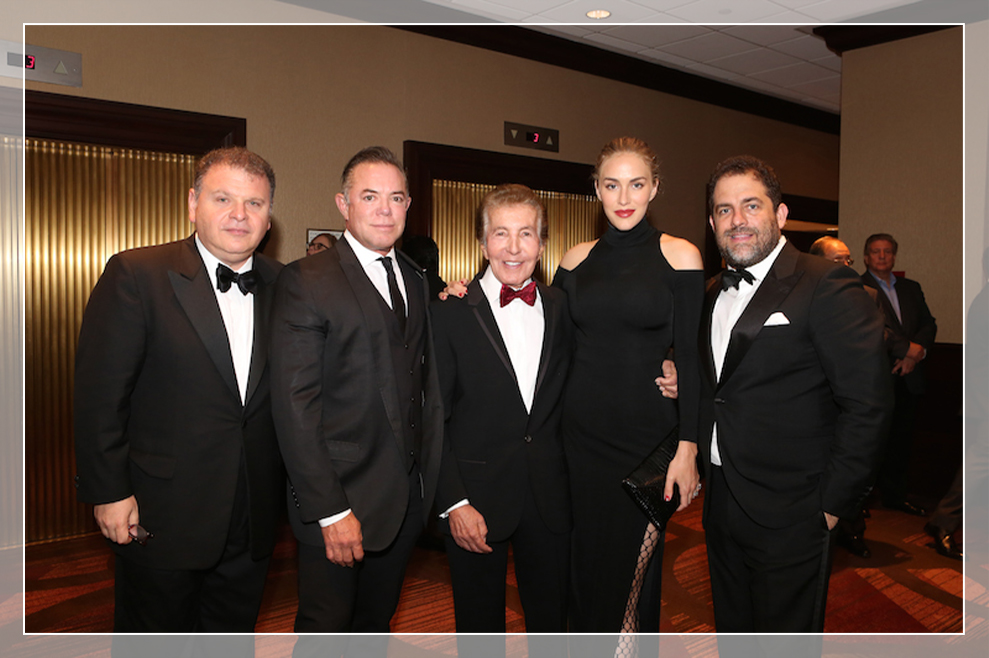
Brett Ratner has made a name for himself as one of the most successful young directors around, with such recent smash hits as Rush Hour 3 and X-Men: The Last Stand, as well as forays into the photography world, with his coffee-table book The Hillhaven Lodge: The Photo Booth Pictures. Here, he sits down to tell Haute Living about his life’s passions.
HL What made you get into film and photography?
BR Growing up in Miami Beach, I would skip school and go to the set of Miami Vice. And the first movie I was on the set of was Scarface, so at that moment I knew I was going to be a director-from a young age. As for photography, what I am is a storyteller, and I use my filmmaking capabilities to tell stories. So that’s why my photography sticks out, because I tell a story with one picture.
HL Tell us about your relationship with Al Malnik.
BR Al Malnik was my biggest inspiration, and I’ve known him since I was a little baby. I used to spend every New Year at The Forge sitting next to him. Not only was he the smartest guy I knew growing up, he was also the coolest. He taught me tremendous morals and a work ethic, and he was a part of inspiring me to use my brain and to be fearless. Also, if there’s one thing I learned from Al, it’s to give back and help people. I’ve never met a person in my life who is more giving of himself, his time, and his energy-and gracious-than Al. It’s no surprise he’s turned Make-A-Wish into such a big event. Above all else, Al Malnik is a philanthropist and he has inspired that in me.
HL We hear that you played a role in Al finding true love?
BR Yes-Nancy. The film he asked me to do, he used the film to get closer to Nancy. I’ll always cherish that film and I think it’s my best work because Al found true happiness because of that film. That film, we shot it all in Al’s house, and it was the first time I ever directed a real movie. We locked ourselves in his house for two weeks- it was the first time I bonded with Al, he wasn’t just a father figure, he was a friend. And Al got a wife and a lovely family out of it. That film, which is ironically called The Good Life, that really led to the good life.
HL What projects are you coming out with?
BR I am doing a series of documentaries on directors, the first will be The Work of Brett Ratner, it will have all my short films and music videos./p>
HL Any upcoming projects on the horizon?
BR My next movie will be Playboy: The Life of Hugh Hefner. There’s a writers’ strike now, but that will be the next one. I find myself also wanting to do a sequel to The Hillhaven Lodge: The Photo Booth Pictures too. I love music videos, too-I love music. I love commercials, I love short films-any medium of story telling that I can be a part of, I want to be a part of.
HL And we hear you are venturing out into business with Al’s son, Shareef?
BR I am not much of a businessman, but I love the restaurant and casino business. So who better to join forces with than Shareef Malnik, and we plan to launch The Forge in Las Vegas. It will eventually expand all over the world, but right now I think Vegas is the ideal market for The Forge. I call Shareef a raconteur, because he’s the ultimate host. The Forge could be the next global brand the way that Nobu is a global brand. And it doesn’t work without Shareef- he is the face of The Forge. He is the restaurateur version of what I do.
HL Tell us about your approach to life and work.
BR For me, I do what I love, and for every person that’s successful, it’s because they’re doing what they love, when they put passion into it. When you love something, it shows and works. I don’t think I could ever get bored of what I do because it’s what inspires me, and I’m always creating, whether it’s a book, or it’s a photograph, or a campaign for a company. I feel like right now since I’m in the center of it all, I know what they see and what they feel.